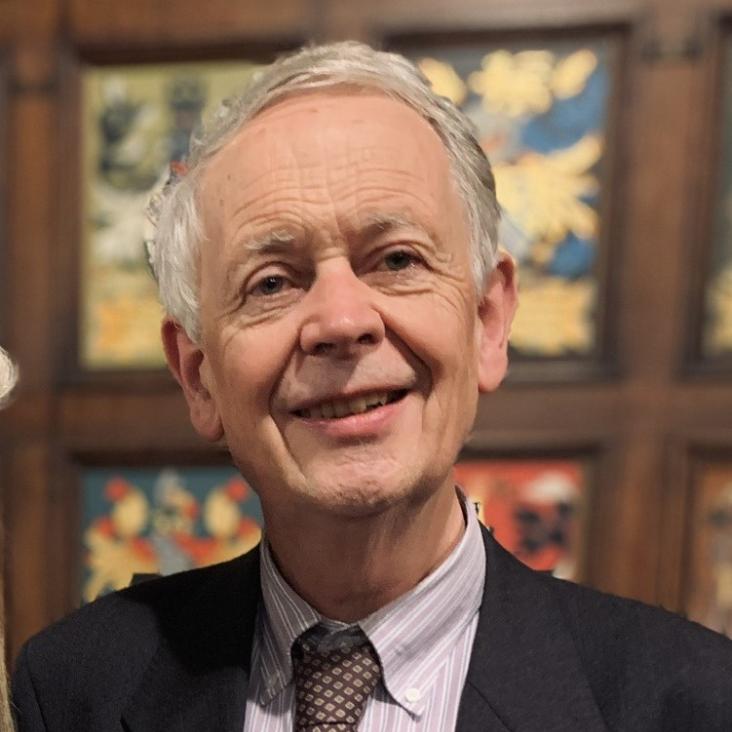Obituary - Dennis Sciama 1926-1999
PHYSICS WORLD 13:2 (2000) 11-11
The Orbit and Mass of the Sagittarius Dwarf Galaxy
ArXiv astro-ph/9908025 (1999)
Abstract:
Possible orbital histories of the Sgr dwarf galaxy are explored. A special-purpose N-body code is used to construct the first models of the Milky Way - Sgr Dwarf system in which both the Milky Way and the Sgr Dwarf are represented by full N-body systems and followed for a Hubble time. These models are used to calibrate a semi-analytic model of the Dwarf's orbit that enable us to explore a wider parameter space than is accessible to the N-body models. We conclude that the extant data on the Dwarf are compatible with a wide range of orbital histories. At one extreme the Dwarf initially possesses 10^{11} Solar Mass and starts from a Galactocentric distance 200 kpc. At the other extreme the Dwarf starts with 10^9 Solar Mass and Galactocentric distance 60 kpc, similar to its present apocentric distance. In all cases the Dwarf is initially dark-matter dominated and the current velocity dispersion of the Dwarf's dark matter is tightly constrained to be 21 km/s. This number is probably compatible with the smaller measured dispersion of the Dwarf's stars because of (a) the dynamical difference between dark and luminous matter, and (b) velocity anisotropy.A Dynamical Model of the Inner Galaxy
ArXiv astro-ph/9905086 (1999)
Abstract:
An extension of Schwarzschild's galaxy-building technique is presented that, for the first time, enables one to build Schwarzschild models with known distribution functions (DFs). The new extension makes it possible to combine a DF that depends only on classical integrals with orbits that respect non-classical integrals. With such a combination, Schwarzschild's orbits are used only to represent the difference between the true galaxy DF and an approximating classical DF. The new method is used to construct a dynamical model of the inner Galaxy. The model is based on an orbit library that contains 22168 regular orbits. The model aims to reproduce the three-dimensional mass density of Binney, Gerhard & Spergel (1997), which was obtained through deprojection of the COBE surface photometry, and to reproduce the observed kinematics in three windows - namely Baade's Window and two off-axis fields. The model fits essentially all the available data within the innermost 3 kpc. The axis ratio and the morphology of the projected density contours of the COBE bar are recovered to good accuracy within corotation. The kinematic quantities - the line-of-sight streaming velocity and velocity dispersion, as well as the proper motions when available - are recovered, not merely for the fitted fields, but also for three new fields. The dynamical model deviates most from the input density close to the Galactic plane just outside corotation, where the deprojection of the surface photometry is suspect. The dynamical model does not reproduce the kinematics at the most distant window, where disk contamination may be severe.Dynamical models of the inner milky way
GALAXY DYNAMICS: A RUTGERS SYMPOSIUM 182 (1999) 327-328


